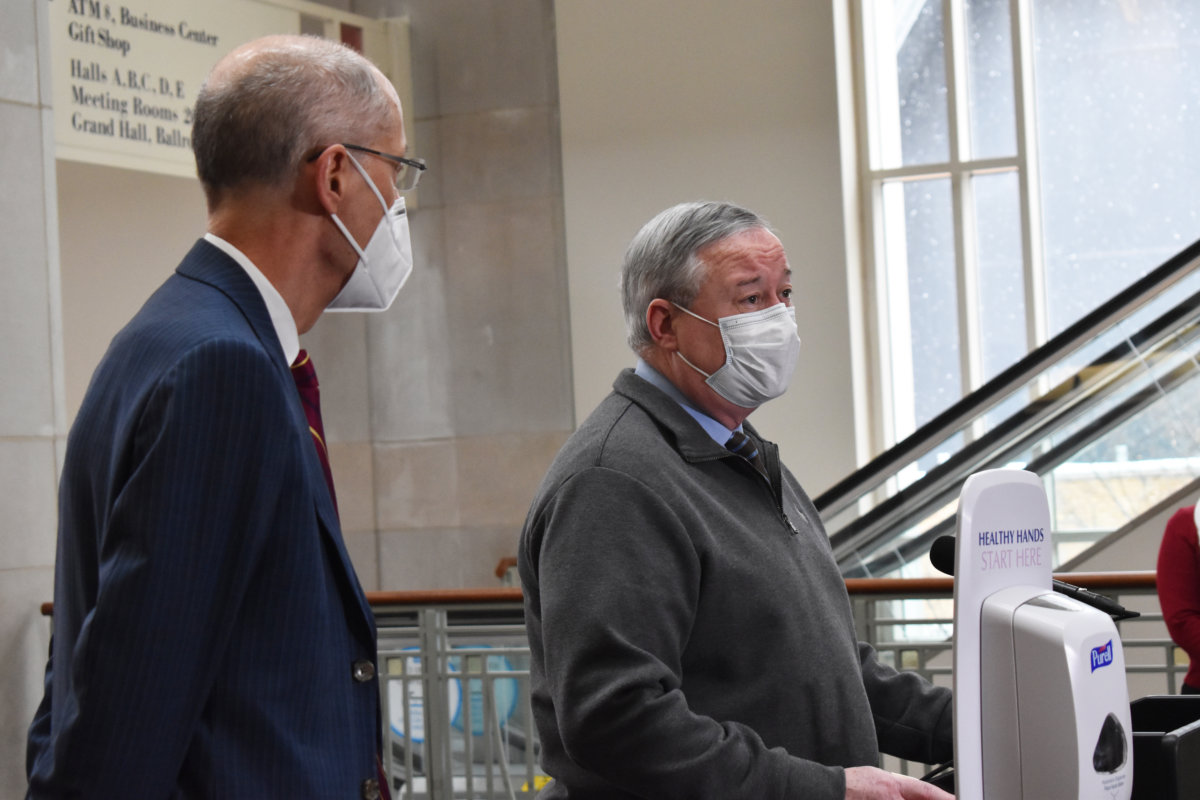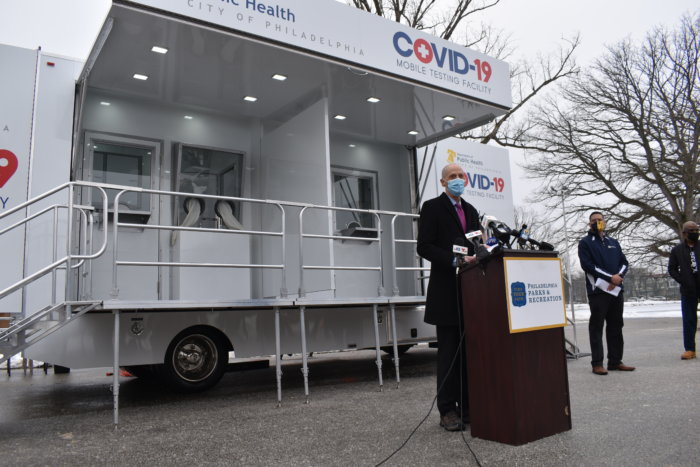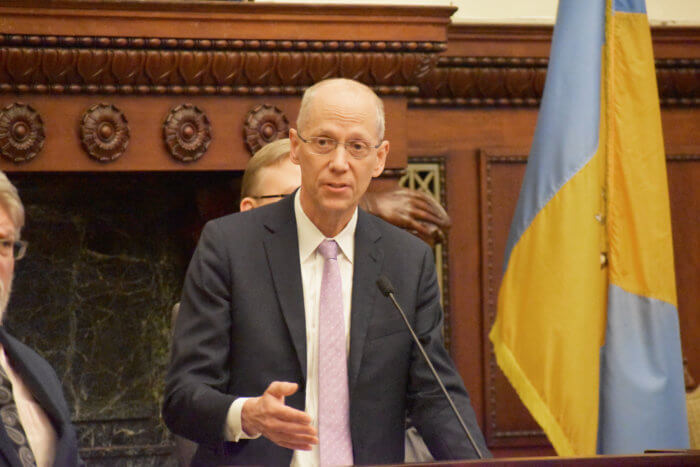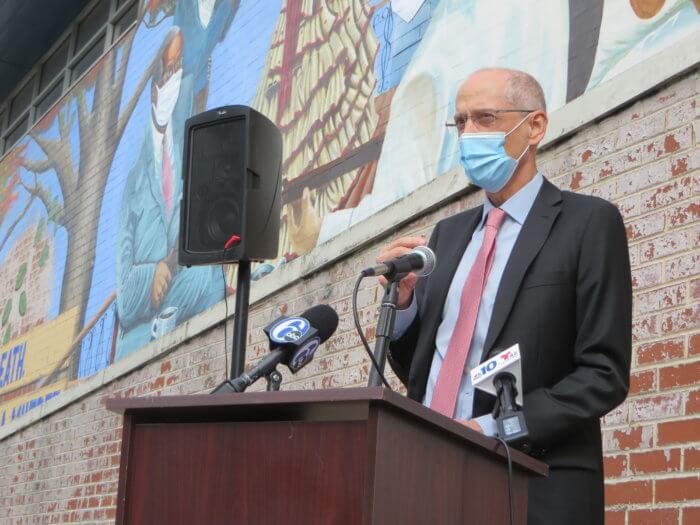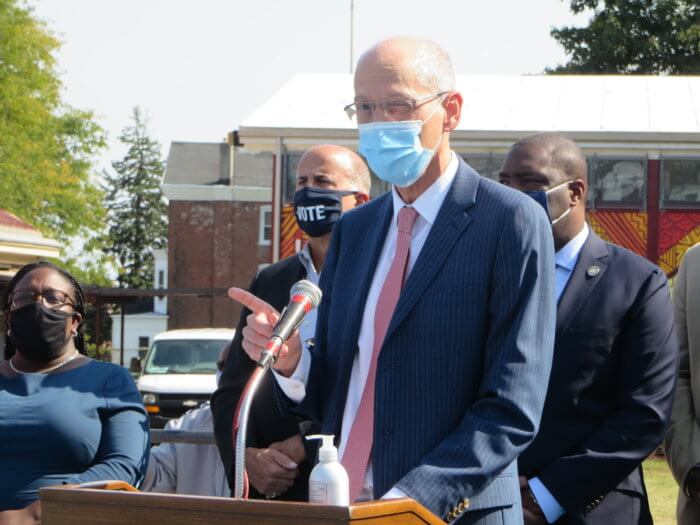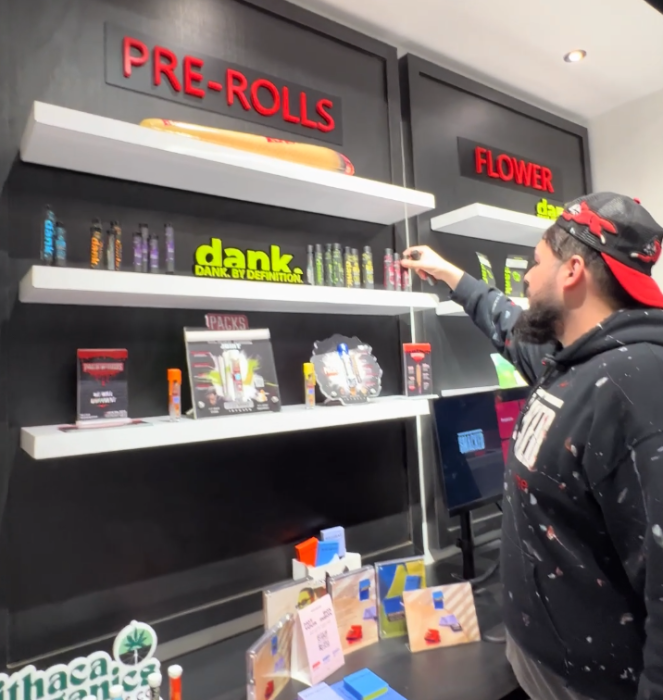Mayor Jim Kenney acknowledged Sunday that the discovery of human remains from the 1985 MOVE bombing — thought to have been destroyed — creates “more questions than answers for the public.”
Among the issues that have not been settled is exactly whose remains were found, and if they belong to one or more of the 11 people killed when police dropped explosives on a West Philadelphia house.
Kenney, in a statement Sunday, vowed an investigation, which is being led by Dechert LLP, a law firm, would reveal more about the city’s handling of the MOVE remains.
“We are getting to the bottom of many different disturbing questions, including why these remains were held for decades, and why they were still held after being directed to be cremated,” the mayor said.
The saga began Thursday afternoon, when it was disclosed that Kenney had asked Philadelphia Health Commissioner Thomas Farley to resign after Farley disclosed to high-ranking city officials that he had authorized the cremation and disposal of the bone fragments in early 2017.
In addition to Farley’s departure, Medical Examiner Sam Gulino was placed on administrative leave.
Then, late Friday night, Kenney’s administration said someone from the Medical Examiner’s Office found a box labeled MOVE in a refrigerated room. Using years-old documents, the remains were matched to those believed to have been destroyed.
It’s unclear why the bone fragments were not cremated, as Farley had directed.
“Their story has changed three or four times in the last 48 hours,” MOVE member Janine Africa, whose 11-year-old son was killed in the bombing, told the Inquirer Saturday. “All it does is make us relive what happened.”
Kenney has said the city will return the remains to family members and work closely with MOVE representatives on the investigation.
He said experts will be brought in to review, and possibly overhaul, the policies and procedures at the Medical Examiner’s Office.
Farley, following his resignation, said staff typically keep “certain specimens” in case they need to be tested for future investigations. When they are no longer needed, they are disposed of without notifying anyone, he added.
Controversy erupted several weeks ago when it came out that separate remains, thought to belong to 14-year-old Tree Africa, were kept for decades at the University of Pennsylvania’s museum and used in courses.
Philadelphia continues to grapple with the legacy of the bombing, which left six adults and five children dead and destroyed more than 60 homes in the Cobbs Creek neighborhood.
Authorities took extreme measures May 13, 1985, after going to the house to evict and arrest members of MOVE, a radical organization that had drawn complaints from neighbors. The episode followed a 1978 shootout that killed Police Officer James Ramp.
Kenney said Sunday that the city is bringing together a group to establish a way to commemorate the bombing going forward.
“This latest unfortunate incident will not be in vain if we use it as a catalyst for finally doing right by the victims of the MOVE bombing and their families,” he said.



